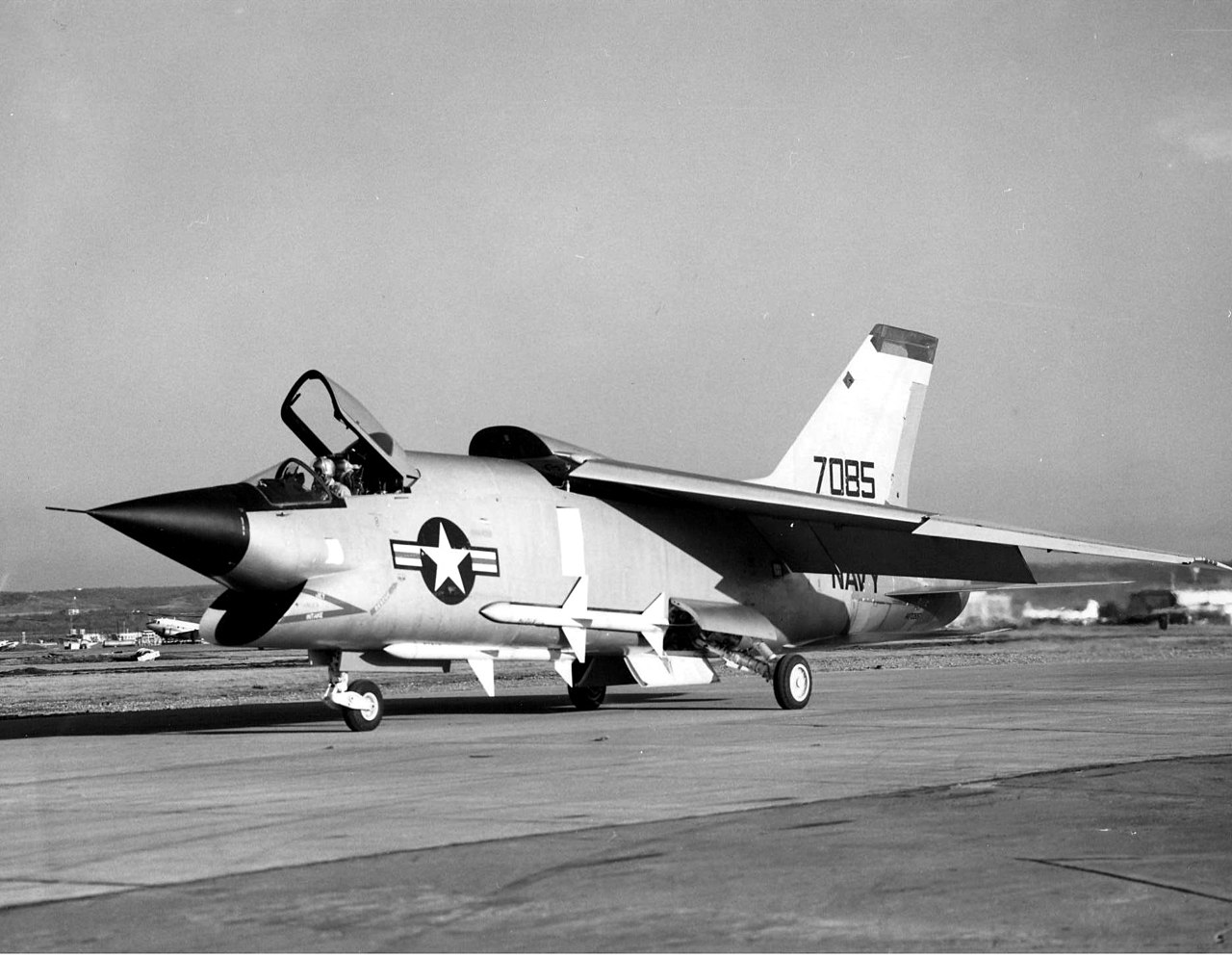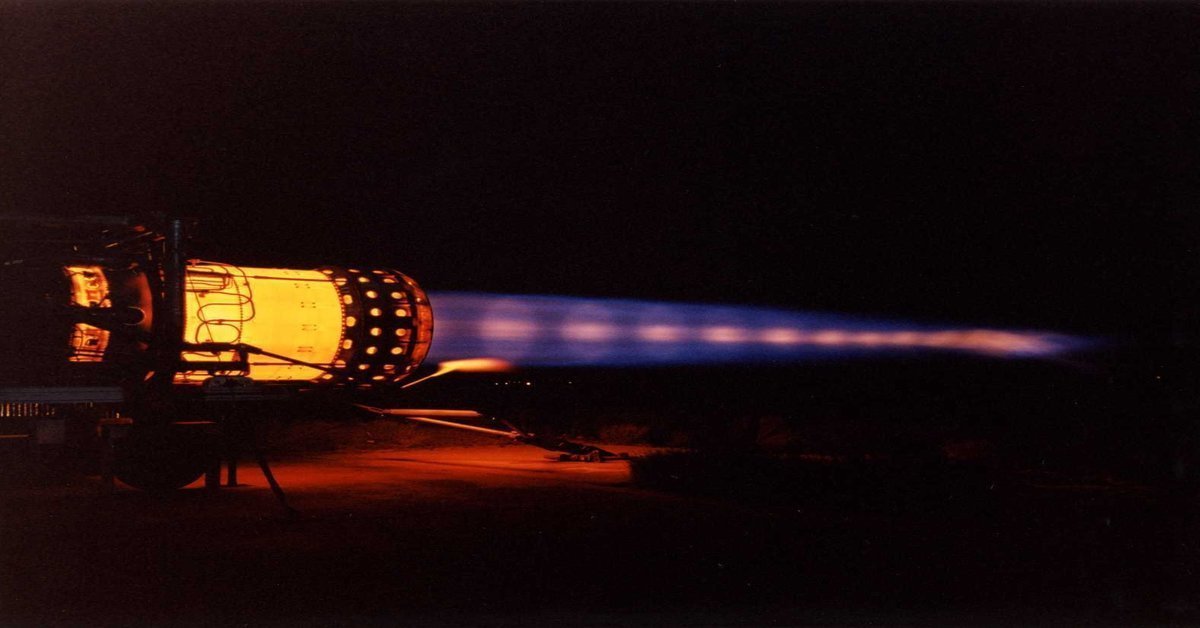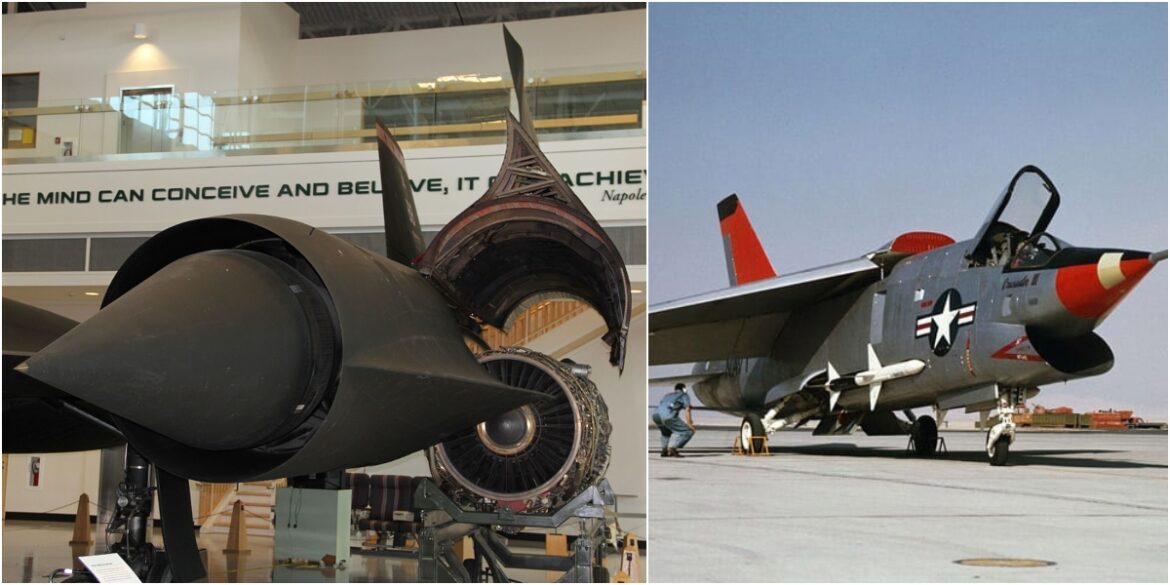‘It was thought if the Chance Vought XF8U-3 Super Crusader where to have gone into production it would have been powered by a J58,’ Jim Goodall, former Master Sergeant at US Air Force
Operating at speeds of Mach 3+ and altitudes exceeding 80,000 feet, the Lockheed SR-71 high-altitude strategic reconnaissance aircraft and its predecessors, the Lockheed A-12 and YF-12A prototype interceptors, were powered by two of the highly advanced Pratt & Whitney J58 Turbojet engines. The J58 was the first engine to be flight-qualified at Mach 3 for the US Air Force (USAF) and the first engine intended to run with its afterburner for extended periods of time.
It’s commonly forgotten that Pratt & Whitney developed the J58 in the late 1950s in response to US Navy requirements.
‘The then unclassified Pratt & Whitney model J58-2 and J58-4 were both designed as a generic engine for a proposed US Navy Mach 2.7 Fleet Defense Interceptor. It was thought if the Chance Vought XF8U-3 Super Crusader where to have gone into production it would have been powered by a J58,’ says Jim Goodall, former Master Sergeant at US Air Force and author of the book Lockheed SR-71 Blackbird: The Illustrated History of America’s Legendary Mach 3 Spy Plane.

‘When Kelly Johnson went looking for a motor for Project Oxcart he felt that this Navy motor had all of the key components needed as a baseline engine for the Blackbird. A lot of testing went into making it work. As for the inlet, that is the key to Mach 3.2 flight. At speed and altitude, the engine only supplies 18% of the thrust; the Lockheed-designed inlet and exhaust ejector provided the balance of the 83% of the thrust needed to reach Mach 3.24 and above.*
‘The only Mach 3-certified engine ever to put onto an operational aircraft is the J58 Model K. It is one amazing engine. At speed and altitude, the -70-degree air enters the inlet lip. The Blackbird is traveling through the air at about 3400 feet per second, or three miles every two seconds.’
Goodall continues;

‘In the 20 feet from the lip of the inlet to the face of the J58, the air has risen to about 830 degrees or a 900-degree rise in air temperature in the distance of 20 feet. Once it enters the engine, by the time it hits the fourth stage, the temperature is about 1200 degrees. Once it is in the afterburner, that internal temperature is now about 3200 degrees.
‘With the extreme operating temps, the J58 grows about six inches in length and about 2.5 inches in diameter. The skin on the afterburner is a mere 0.030” and is made of a very special watch spring material supplied by the Elgin Watch Company, it is called Elginoy (not too sure of the spelling). Up to that point in time, Elginoy was only available in sheets that measure 3×3 inches. So, they have to develop the skills necessary to make larger sheets, and then P&W had to figure out how to weld a metal that can withstand temp of 3200 degrees and higher.’
Goodall concludes;

‘Even with ear protection, the mighty Pratt & Whitney J58 is so loud that it hurts your entire body if you were to be anywhere near the rear end of the J58.’
* ‘The J58 only supplies 18% of the thrust, with the inlet and the exhaust ejector providing the rest. How can that be? ‘
At design speed, a majority of the inlet air bypasses the engines entirely, with that air being directed into the afterburner. Same with the six bypass tubes coming off the ninth stage of the J58. In essence, the inlet and engine nacelle act as a ramjet, and using the same principles as a ramjet.
‘Back in the late 1970s, NASA took the design of the Blackbird entire inlet to see, as an exercise if two CDC Mk 205 supercomputers could design a more efficient inlet; and still utilizing the same engine nacelle external mold lines and exhaust ejector.
‘The main reason for this exercise, the Blackbird’s inlet was designed by a guy that I was told, might have had no more than a 9th-grade education, but could visualize airflow at any Reynolds number. And all they had for computers were slip sticks, also known as slide rules (pre-computers, pre-calculators, except mechanical ones; designed when we only had three TV channels!) ‘
After fifteen months of using two of the most powerful supercomputers of the age (your iPhone 10 has more computing power than all the computers in the free world in the late 1970s), their only recommendation if they were to design one from scratch, use better materials in some of the seals… That was it.’
Photo by U.S. Navy, Clemens Vasters from Viersen, Germany, and Steve Riggins via Wikipedia

